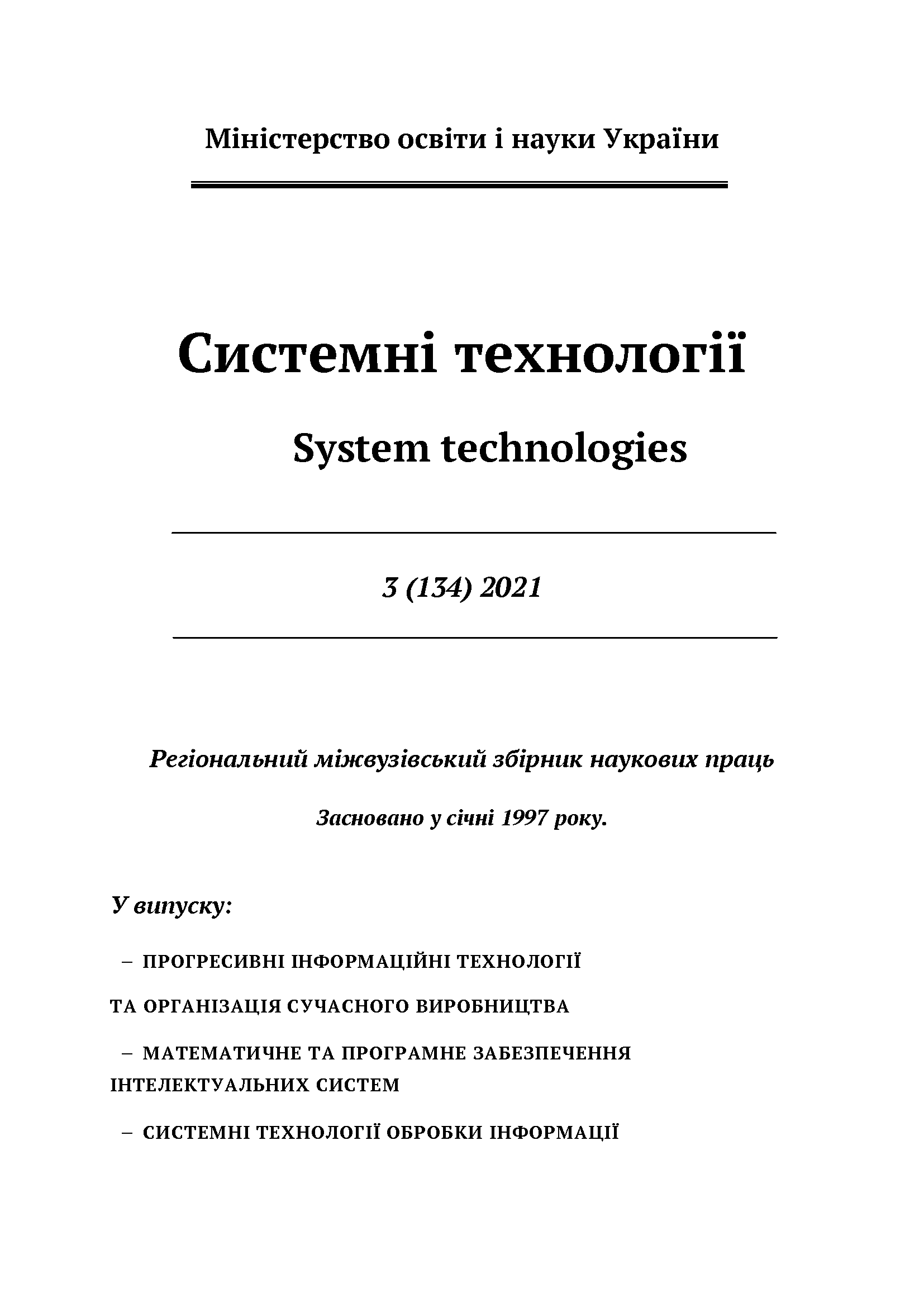ОПТИТИМІЗАЦІЯ ПРОЦЕСІВ ТЕПЛООБМІНУ В КОНТУРІ АТОМНОЇ ЕЛЕКТРОСТАНЦІЇ
DOI:
https://doi.org/10.34185/1562-9945-3-134-2021-09Ключові слова:
атомна електростанція, ядерна енергетика, теплообмін, реагент, реактор, енергоефективністьАнотація
Актуальність роботи обумовлена виснаженням запасів традиційних видів палива та зростанням навантаження на біосферу за рахунок викидів при спалюванні вугілля, нафти та газу. Рішення цих проблем можна знайти у розвитку ядерної енергетики. Тому метою даної роботи є оптимізація процесів теплообміну в другому контурі атомної електростанції. В роботі розглянуто заходи щодо оптимізації процесів теплообміну в тепловій схемі другого контуру АЕС для підвищення енергетичних пока-зників. А саме, запропоновано реагент, який видаляє солі жорсткості на стінках теп-лообмінного обладнання. В ході роботи вирішена задача щодо оптимізації руху тепло-носіїв в проміжних теплообмінниках для підвищення енергоефективності енергетич-ного обладнання.
Посилання
Levin V. E. Yadernaya fizika i yadernyie reaktoryi. 4-e izd. — M.: Atomizdat, 1979.
Prosto o slozhnom. Rivnenskaya AES v energetike Ukrainyi. – Rovno, 2019. – 253 р.
Metodicheskie ukazaniya po teme «Teplovoy i gidravlicheskiy raschet teploobmInnogo oborudovaniya AES». RD 24.03.05. – 89. – L. NPO TsKTI, 1991. – 209 р.
Завантаження
Опубліковано
Номер
Розділ
Ліцензія

Ця робота ліцензується відповідно до ліцензії Creative Commons Attribution 4.0 International License.















